Home>Interior Design>What Color Is Replacing Dark Green? Designers Prefer This Palette
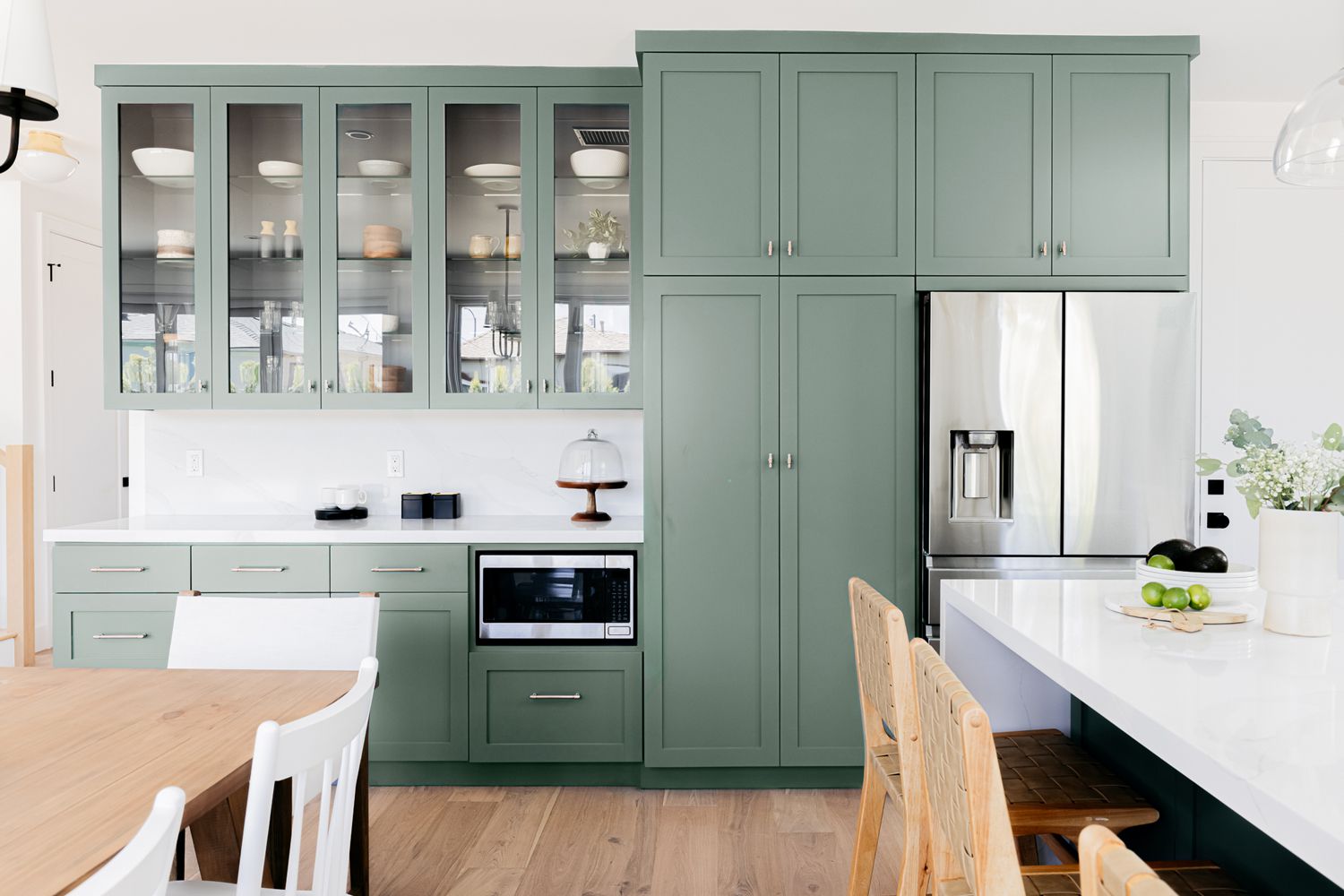

Interior Design
What Color Is Replacing Dark Green? Designers Prefer This Palette
Modified: October 28, 2024
Discover the interior design trend that is replacing dark green. Designers prefer this palette for a fresh and modern look in your space.
(Many of the links in this article redirect to a specific reviewed product. Your purchase of these products through affiliate links helps to generate commission for Storables.com, at no extra cost. Learn more)
Introduction
Welcome to the world of interior design, where trends are ever-evolving and new color palettes take center stage. In recent years, we’ve seen the popularity of dark green soar, with its rich and earthy tones providing a sense of sophistication and tranquility to any space. However, as design trends continue to evolve, a new color palette is emerging as the preferred choice among designers.
This shift away from dark green is not a sudden departure, but rather a natural progression in the world of interior design. As designers explore new creative possibilities and seek to offer fresh and innovative spaces, they are turning to a different color palette that brings a new energy and vibrancy.
So, what color is replacing dark green? Designers are increasingly gravitating towards a versatile and timeless palette that incorporates a range of cool neutrals, soft pastels, and warm earth tones. This new color palette offers a more harmonious and balanced aesthetic, creating a sense of calm and serenity in any interior.
But what are the reasons behind this shift towards the new color palette? And how are designers implementing these colors? Let’s delve deeper into this fascinating transition and understand why the design world is embracing this new color palette.
Key Takeaways:
- Designers are shifting away from dark green and embracing a versatile palette of cool neutrals, soft pastels, and warm earth tones for a more harmonious and balanced aesthetic in interior design.
- The new color palette offers a timeless and elegant appeal, seamlessly integrating into various design styles while promoting calm, versatility, and a connection to nature in interior spaces.
The Shift Away from Dark Green
For years, dark green has been a go-to color choice for many interior design enthusiasts. Its deep, earthy hue added a touch of opulence and organic beauty to living spaces. However, as with any trend, its reign is now giving way to a new era of colors that offer alternative possibilities and design directions.
The shift away from dark green can be attributed to several factors. First and foremost, the design world is always seeking novelty and innovation. While dark green undoubtedly brought a sense of elegance and sophistication, it began to feel ubiquitous and predictable. Designers saw an opportunity to break the mold and explore alternative color schemes that would captivate and inspire.
Aesthetics aside, the practicality and versatility of the new color palette played a significant role in its rise to popularity. Dark green, with its bold and dominant presence, often limited design options. It could overwhelm smaller spaces, clash with existing furniture pieces, or restrict flexibility in future design changes. In contrast, the new color palette offers a wider range of possibilities, allowing designers to create cohesive and adaptable interiors.
Moreover, the change in color preferences can be attributed to shifts in cultural and societal influences. As people increasingly prioritize health, wellness, and eco-consciousness, there has been a growing interest in colors that evoke a sense of calm, peace, and connection with nature. The new color palette beautifully translates these values, with soft pastels reminiscent of blooming flowers, cool neutrals reminiscent of natural stone, and warm earth tones reminiscent of a cozy embrace.
Overall, the shift away from dark green signifies an exciting evolution in interior design. It reflects designers’ constant pursuit of fresh ideas, versatility, and the desire to create spaces that align with contemporary values and aesthetics. As we explore the new color palette, let’s discover why designers are embracing these colors and how they’re incorporating them into their design schemes.
Designers’ Preferred Color Palette
When it comes to choosing a color palette, designers are now gravitating towards a harmonious blend of cool neutrals, soft pastels, and warm earth tones. This versatile combination offers a timeless and elegant aesthetic that can seamlessly integrate into various design styles and preferences.
Cool neutrals, such as shades of gray and beige, serve as the foundation for the new color palette. These colors provide a sense of calm and balance, creating a serene backdrop for any space. From light grays to warm taupes, cool neutrals effortlessly create a sophisticated and contemporary atmosphere.
Soft pastels bring a touch of gentle femininity to the palette. Think muted shades of blush pink, pale blue, and lavender. These delicate hues infuse a sense of tranquility and softness into the design, creating a space that feels serene and inviting. Soft pastels work beautifully as accents or can take on a more prominent role as wall colors or furniture upholstery.
Warm earth tones, on the other hand, add depth and warmth to the color palette. Rich hues of terracotta, amber, and burnt sienna create a cozy and inviting atmosphere. These earthy tones evoke a sense of comfort and connection with nature, adding a grounding element to the overall design scheme.
Designers appreciate the versatility of this new color palette, as it allows them to create spaces that can easily be reimagined and updated without a complete overhaul. By incorporating these colors through accent pieces, artwork, and textiles, designers can effortlessly refresh a space while maintaining its timeless appeal.
Furthermore, this color palette offers a level of flexibility that complements a variety of design styles. Whether it’s a minimalist, Scandinavian, or eclectic aesthetic, the new color palette can work seamlessly in all of them. It acts as a unifying element, bringing cohesiveness and balance to the overall design scheme.
With designers embracing this preferred color palette, we are witnessing a shift towards a more understated, elegant, and versatile approach to interior design. It signals a departure from the dominance of dark green and paves the way for creativity, individuality, and endless design possibilities.
When looking for a color to replace dark green, consider using shades of olive or sage green. These colors are versatile and can work well in a variety of design palettes.
Reasons for Choosing the New Color Palette
There are several compelling reasons why designers are choosing the new color palette as their preferred choice. This combination of cool neutrals, soft pastels, and warm earth tones offers a range of benefits that align with contemporary design sensibilities and the evolving needs of homeowners.
Firstly, the new color palette brings a sense of calm and serenity to interior spaces. In a fast-paced and chaotic world, creating a peaceful and soothing environment is essential. Cool neutrals and soft pastels have a visually calming effect, promoting relaxation and tranquility. These colors can help to create a sanctuary-like atmosphere, where people can unwind and find respite from the stresses of daily life.
Secondly, the versatility of the new color palette is a key factor in its popularity. Designers appreciate that these colors can work well in a variety of design styles, from modern to traditional and everything in between. This flexibility allows homeowners to experiment with different aesthetics without feeling limited by their color choices. Whether it’s a minimalist Scandinavian design or a bohemian eclectic style, the new color palette seamlessly integrates and enhances the overall look and feel of the space.
Another reason for choosing this color palette is its timeless appeal. While trends come and go, these colors have proven to stand the test of time. Unlike bold and vibrant hues that can quickly become dated, the cool neutrals, soft pastels, and warm earth tones of the new palette have a classic quality that remains relevant year after year. This longevity not only ensures the longevity of the design but also allows for easy updates and modifications without a complete overhaul of the space.
Furthermore, the new color palette offers a connection to nature and the outdoors. With a growing emphasis on sustainability and eco-consciousness, homeowners and designers are looking for ways to bring elements of the natural world into their interiors. The warm earth tones in the palette evoke a sense of grounding and harmony, while the soft pastels mirror the hues of blooming flowers and a gentle springtime breeze. This connection to nature creates a welcoming and rejuvenating space that promotes well-being.
Lastly, choosing the new color palette allows for effortless coordination and harmony within a space. With a cohesive color scheme, designers can seamlessly integrate various elements, such as furniture, accessories, and artwork. This creates a visually pleasing and cohesive design that feels balanced and harmonious to the eye. Homeowners can easily mix and match different pieces without the fear of clashing or overwhelming the space.
Overall, the new color palette offers designers a wealth of benefits – from promoting calm and tranquility to providing versatility, timelessness, and a connection to the natural world. It is a choice that aligns with the evolving design preferences and the desire for a harmonious and balanced living environment.
Examples of Design Implementations
Now that we understand the reasons behind designers’ preference for the new color palette, let’s explore some examples of how it has been implemented in real-world design projects.
In a modern minimalist living room, a neutral color scheme forms the foundation. Light gray walls create a clean and spacious ambiance, while a white sofa and a sleek wooden coffee table enhance the minimalist aesthetic. Soft pastel accents, such as blush pink pillows and a pale blue rug, add a touch of warmth and interest to the space. The result is a serene and understated design that exudes simplicity and elegance.
In a Scandinavian-inspired bedroom, the new color palette takes center stage. Cool neutrals, like Scandinavian whites and light grays, create a bright and airy atmosphere. A wooden platform bed with warm earth tones adds depth and a natural element to the room. Soft pastel textiles, such as a mint green throw blanket and blush pink curtains, provide a touch of softness and femininity. The overall design is clean, cozy, and inviting, reflecting the simplicity and comfort associated with Scandinavian design principles.
In a rustic farmhouse kitchen, the new color palette offers a balanced and inviting environment. Warm earth tones, such as rusty reds and golden browns, are featured in the cabinets and countertops, creating a cozy and welcoming atmosphere. Cool neutrals, like cream-colored walls and light gray backsplash tiles, balance out the warmth and provide a sense of freshness. Soft pastel accents, like mint green pottery and pale yellow dishware, add pops of color and whimsy to the space. The result is a charming and inviting kitchen that blends rustic elements with a modern twist.
These are just a few examples of how designers have implemented the new color palette in their projects. Whether it’s a contemporary living room, a Scandinavian-inspired bedroom, or a rustic farmhouse kitchen, the versatility and harmonious nature of the new color palette allow it to adapt and enhance various design styles.
By incorporating cool neutrals, soft pastels, and warm earth tones, designers can create spaces that are both visually appealing and emotionally comforting. These colors offer a timeless and serene aesthetic that transcends trends, providing a foundation for design schemes that can easily be modified and updated without losing their overall cohesiveness.
The new color palette opens up a world of possibilities, allowing designers to unleash their creativity and create spaces that reflect the evolving desires and needs of homeowners. It is a testament to the ever-changing nature of interior design, where colors play a pivotal role in shaping the atmosphere and overall aesthetic of our living spaces.
Conclusion
The world of interior design is constantly evolving, and color palettes play a crucial role in shaping the look and feel of our living spaces. While dark green has enjoyed its time in the spotlight, designers are now embracing a new color palette that offers a fresh and versatile approach to design.
The shift away from dark green towards a blend of cool neutrals, soft pastels, and warm earth tones reflects designers’ desire for innovation, practicality, and a connection to nature. This new color palette brings a sense of calm and tranquility to our interiors, providing a sanctuary-like atmosphere where we can relax and unwind.
Designers prefer the new color palette due to its versatility, timeless appeal, and ability to create cohesive and balanced spaces. It seamlessly integrates into various design styles and allows for easy updates and modifications without losing its overall aesthetic. The cool neutrals provide a sophisticated backdrop, while soft pastels add a touch of gentle femininity. Warm earth tones create a sense of comfort and connection to the natural world.
Through examples of design implementations, we can see how the new color palette has been utilized in various spaces, from modern minimalist living rooms to Scandinavian-inspired bedrooms and rustic farmhouse kitchens. In each case, the colors work harmoniously to create visually pleasing and emotionally comforting environments.
As we move forward in the world of interior design, it is important to embrace the ever-evolving nature of trends and preferences. The new color palette offers a fresh outlook and endless possibilities, allowing designers to create spaces that are both visually stunning and emotionally engaging.
Whether you’re redecorating your home or working with clients, consider incorporating the preferred color palette of designers, with its blend of cool neutrals, soft pastels, and warm earth tones. By doing so, you’ll create a space that reflects contemporary design sensibilities, promotes a sense of calm, and provides a timeless backdrop for years to come.
So, bid farewell to dark green and embrace the new color palette, as it paves the way for creativity, versatility, and a harmonious living environment.
Frequently Asked Questions about What Color Is Replacing Dark Green? Designers Prefer This Palette
Was this page helpful?
At Storables.com, we guarantee accurate and reliable information. Our content, validated by Expert Board Contributors, is crafted following stringent Editorial Policies. We're committed to providing you with well-researched, expert-backed insights for all your informational needs.
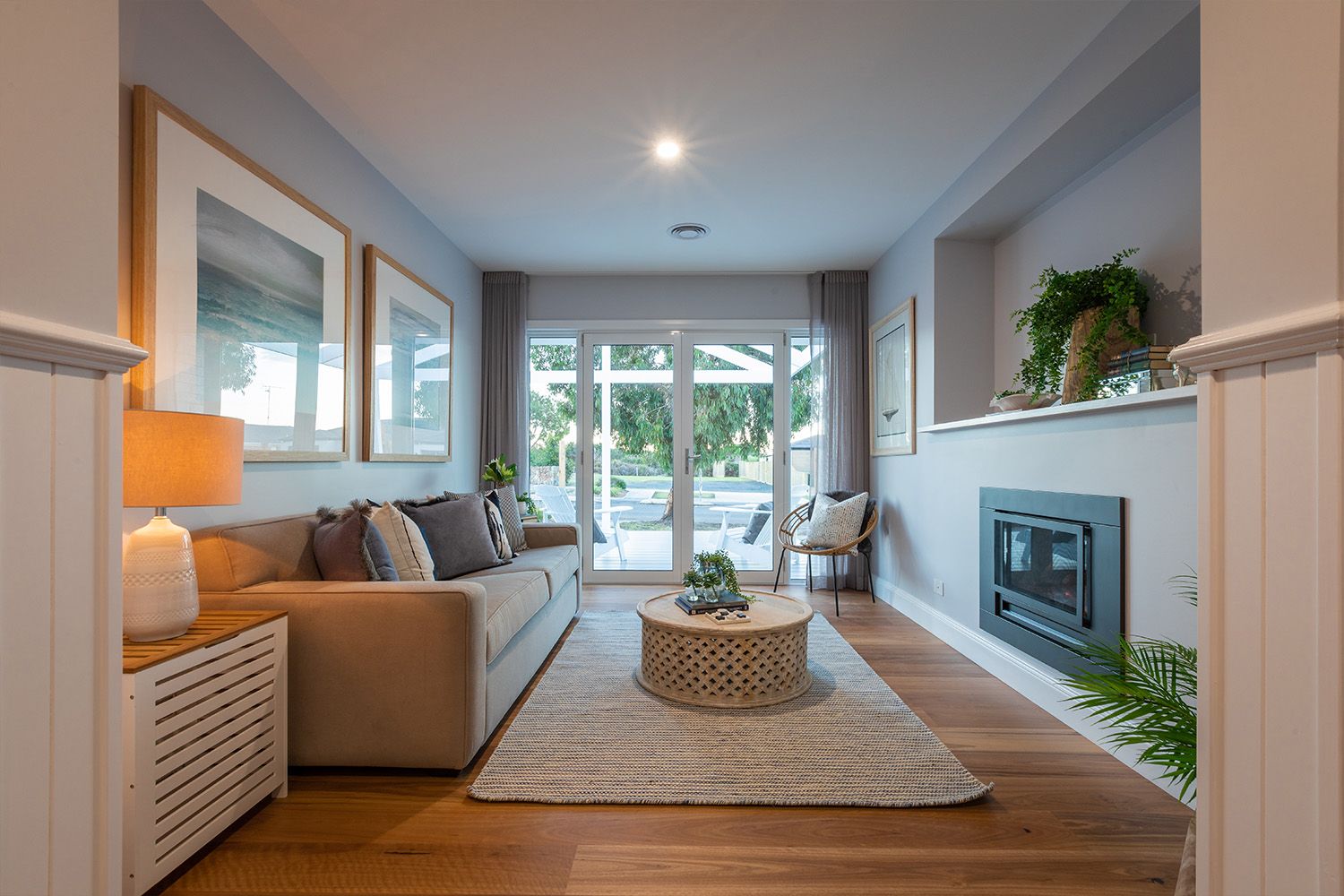

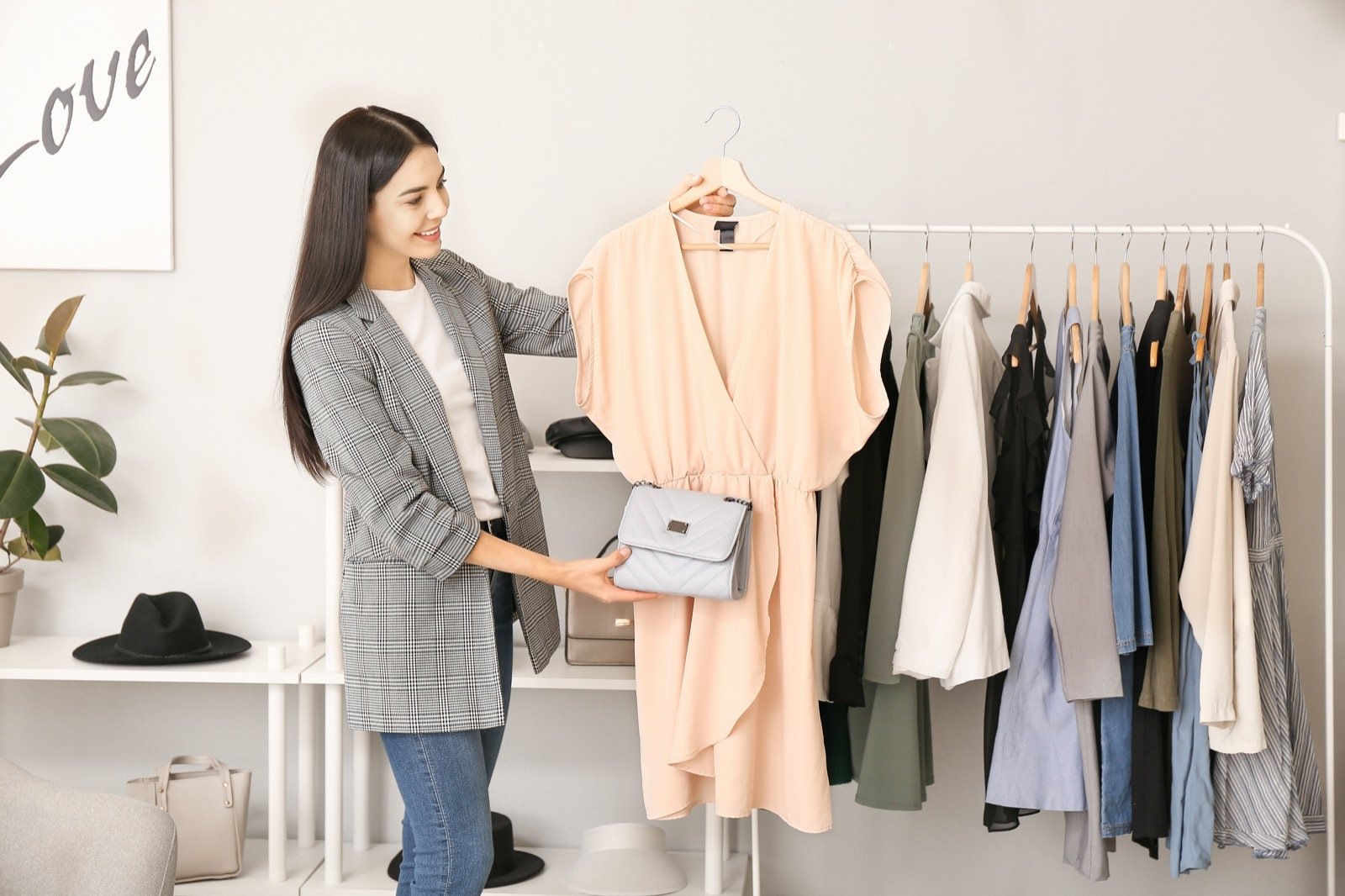
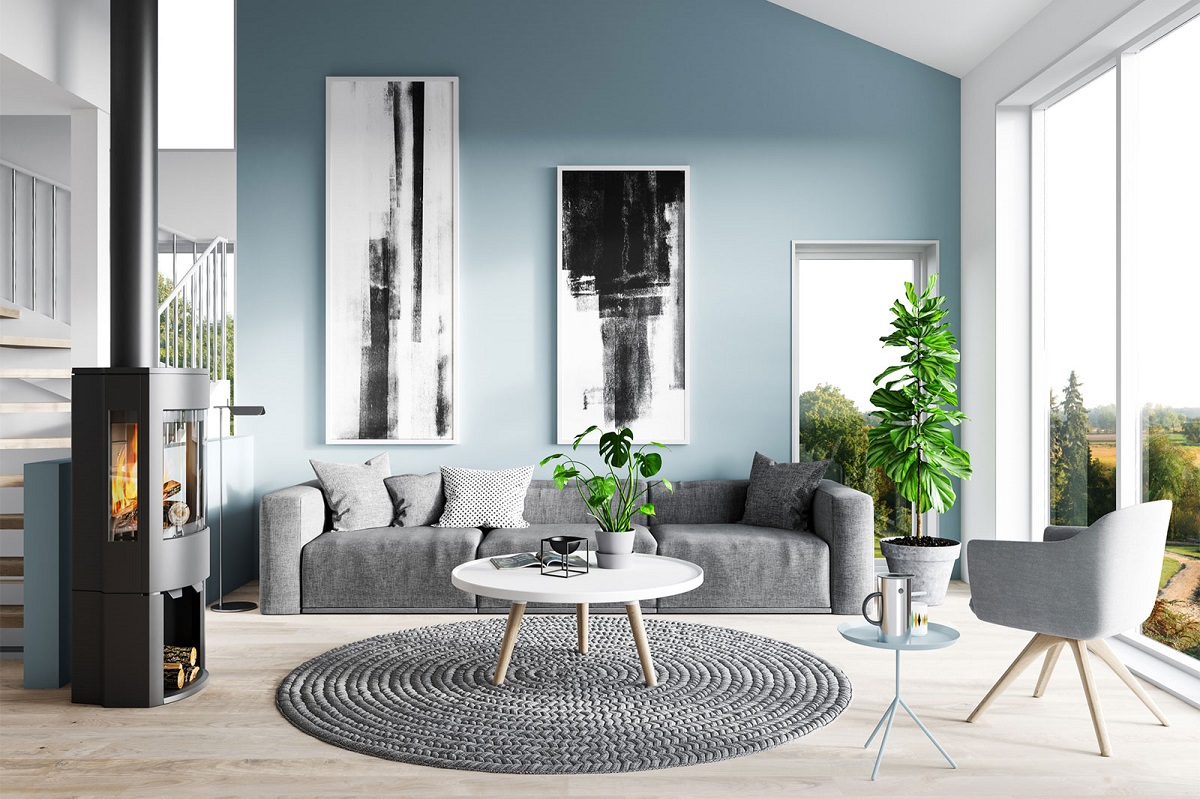
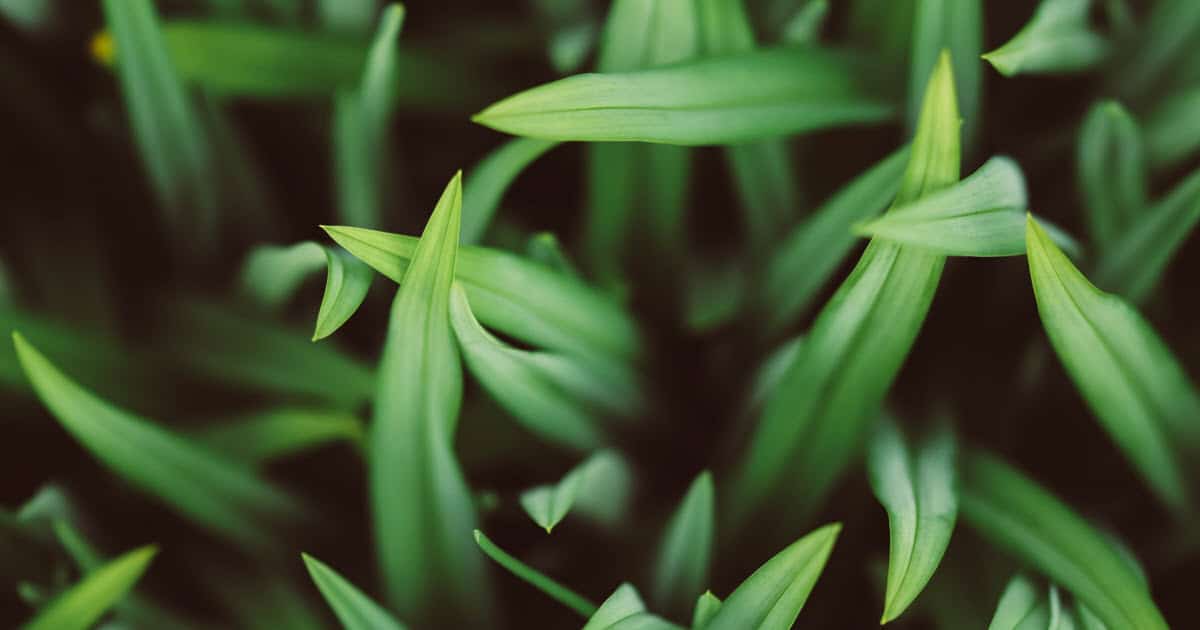

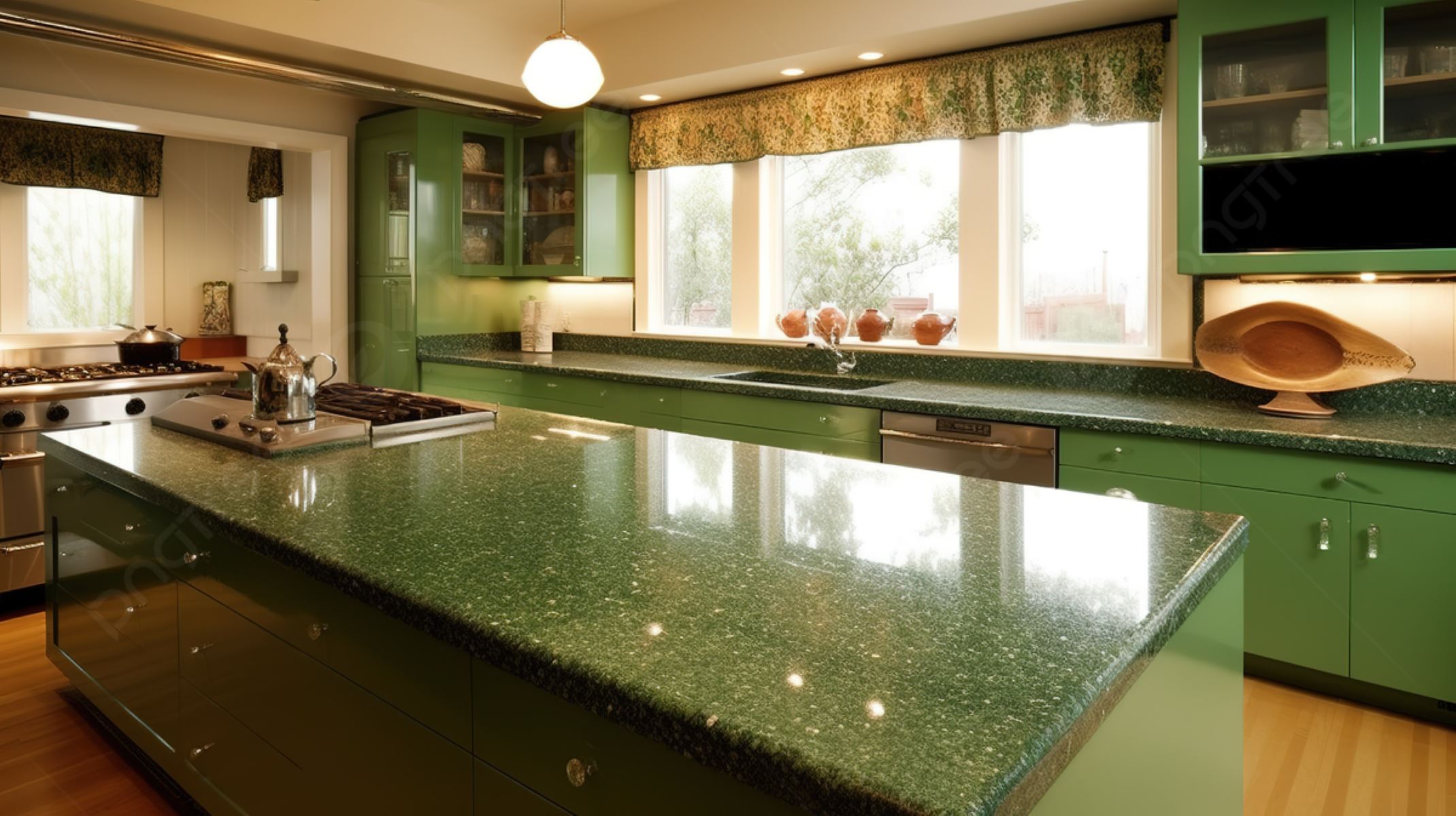
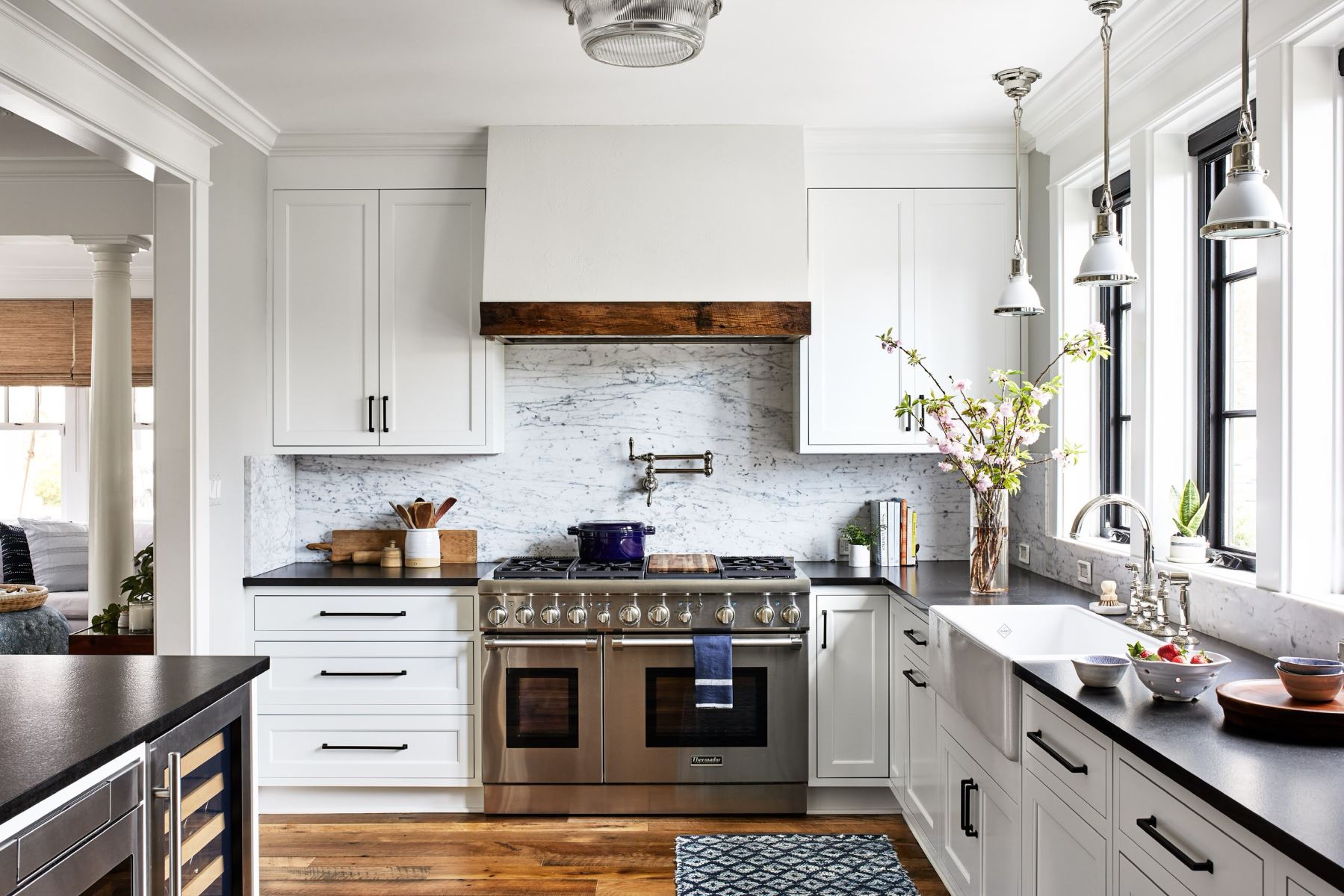
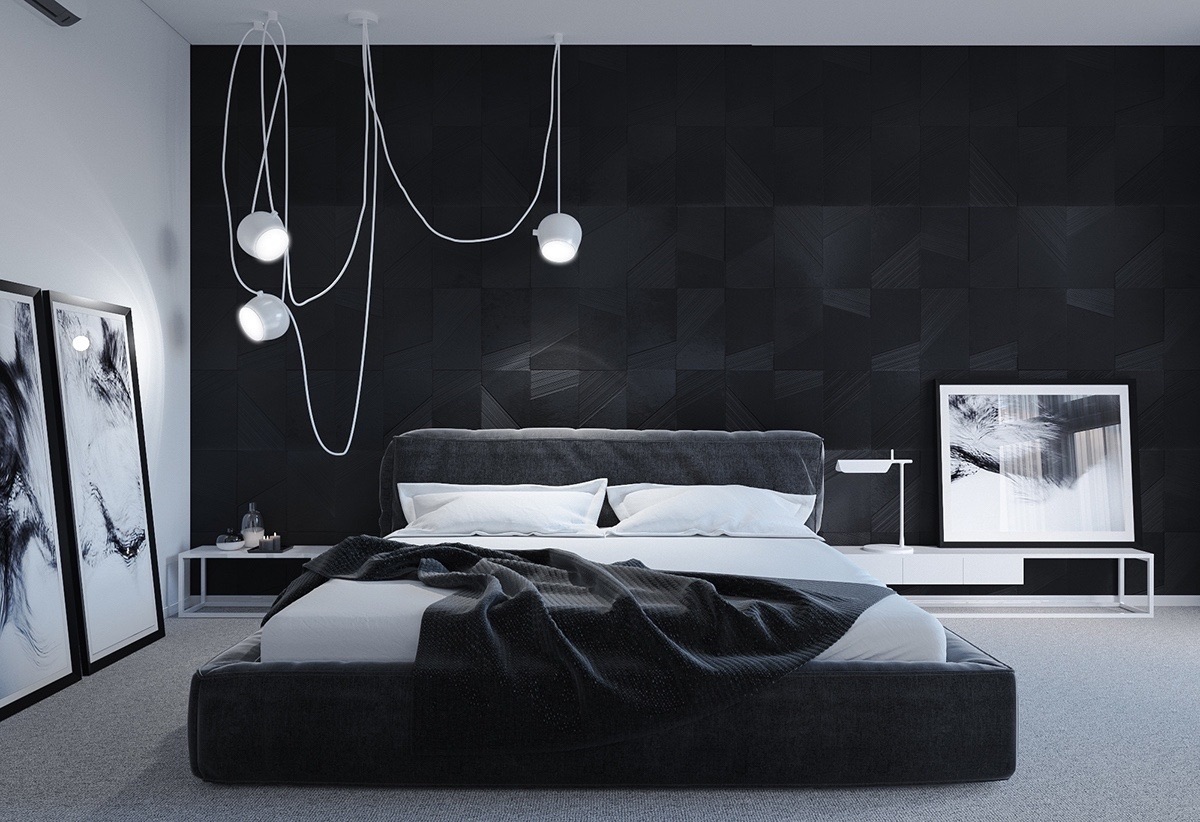
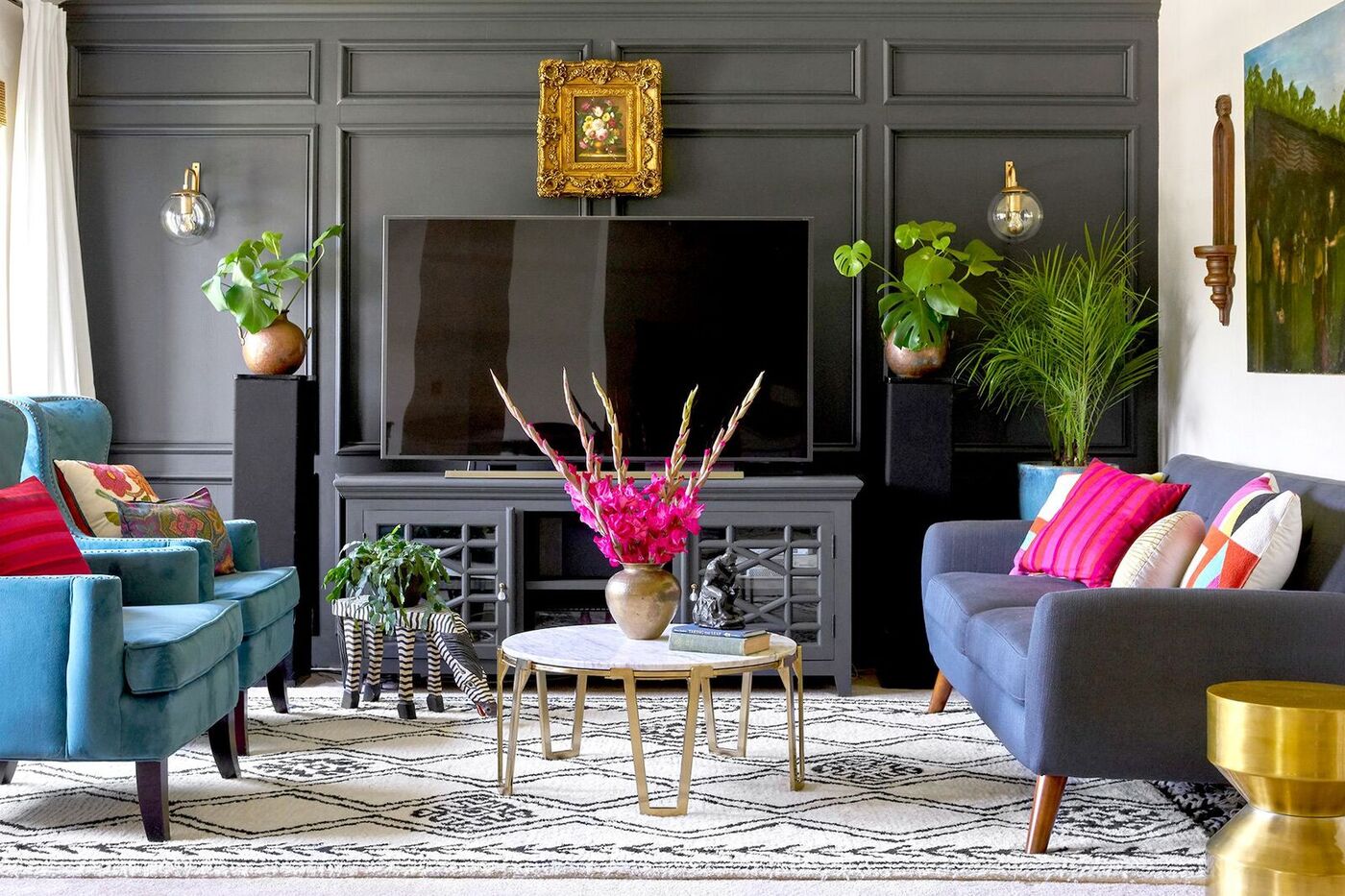
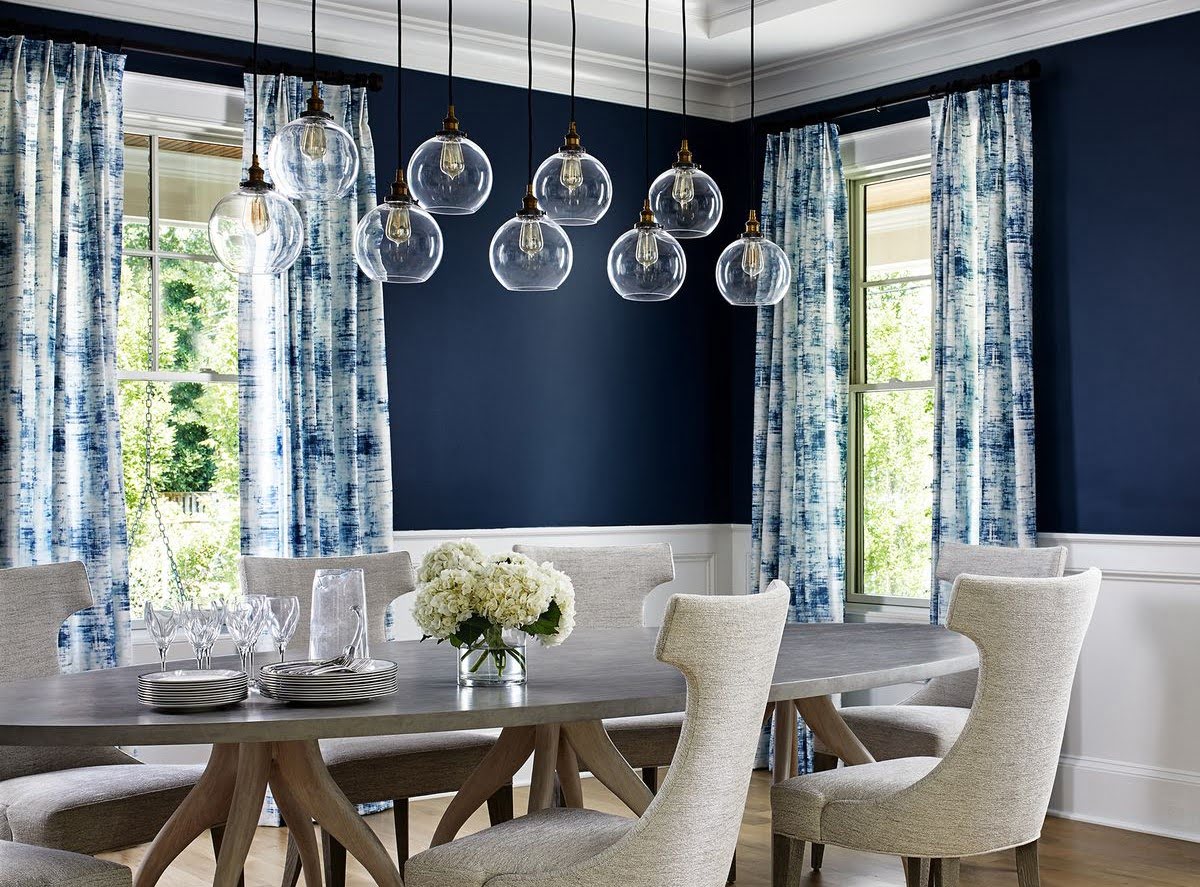
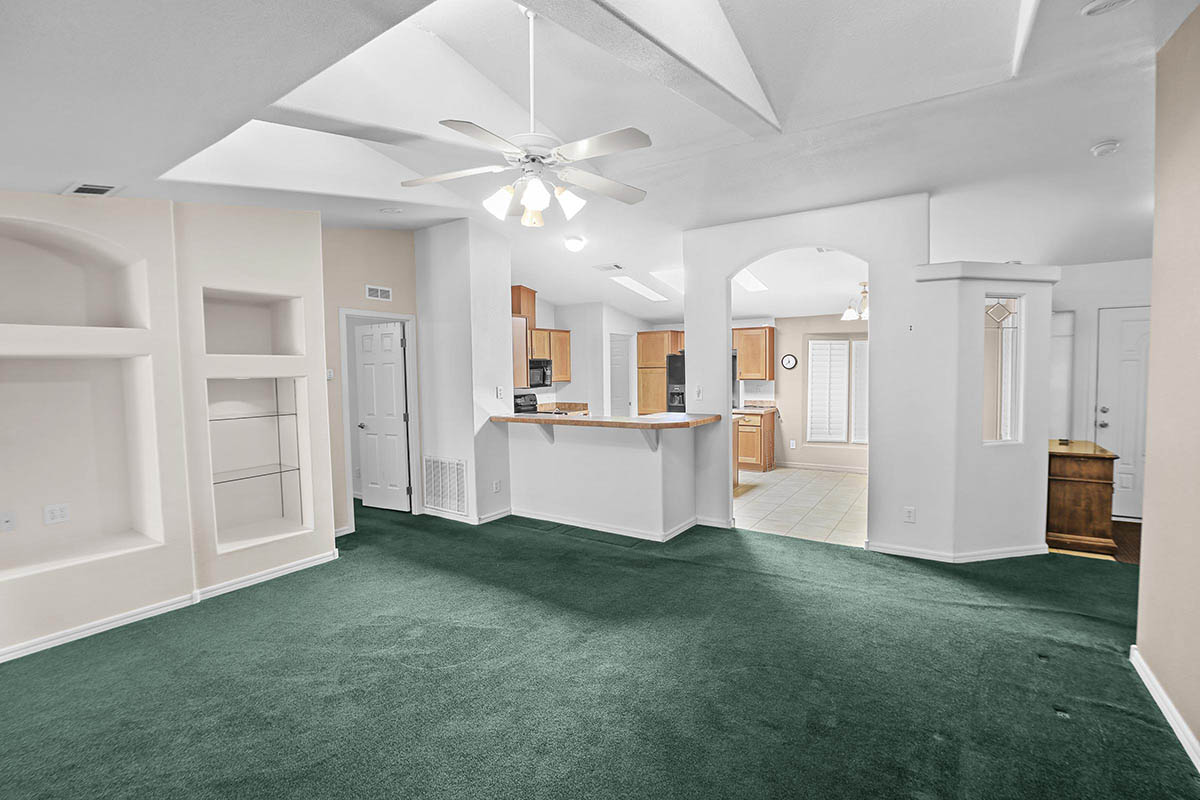
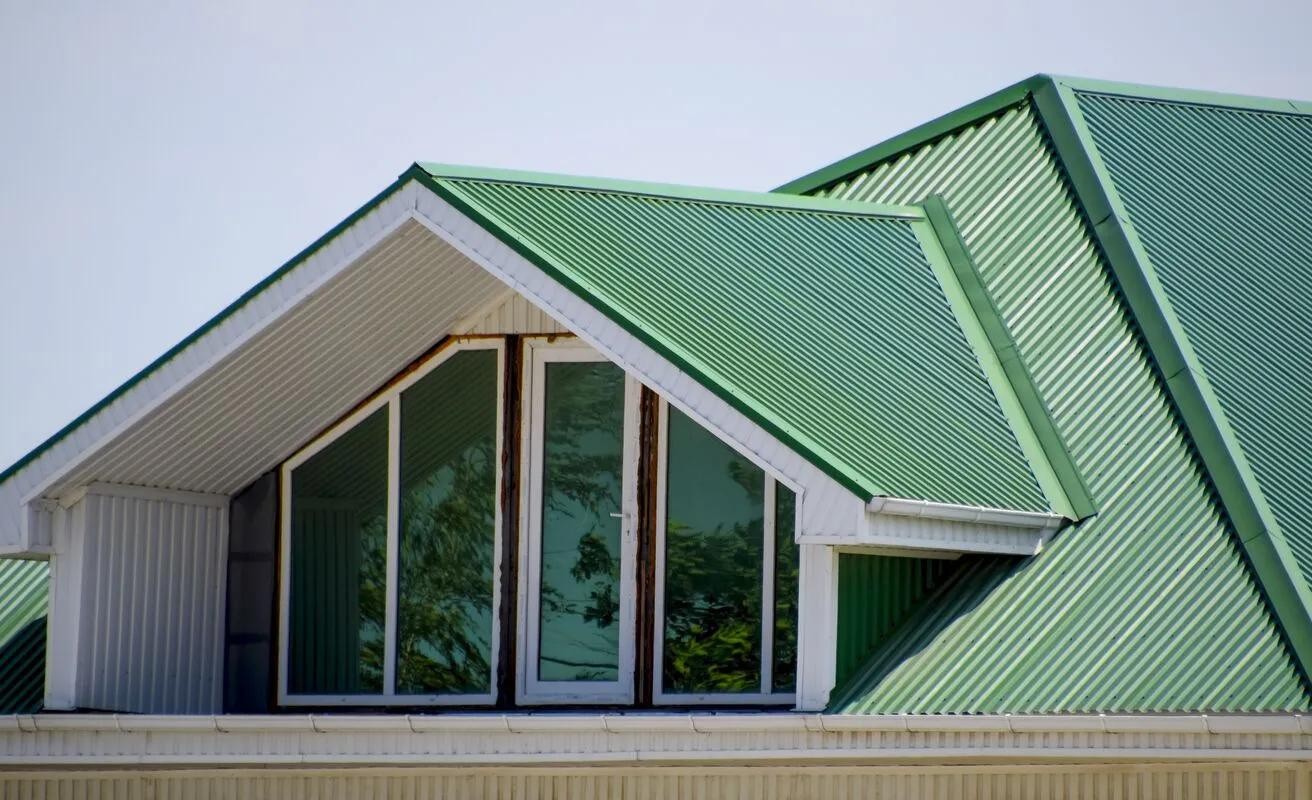
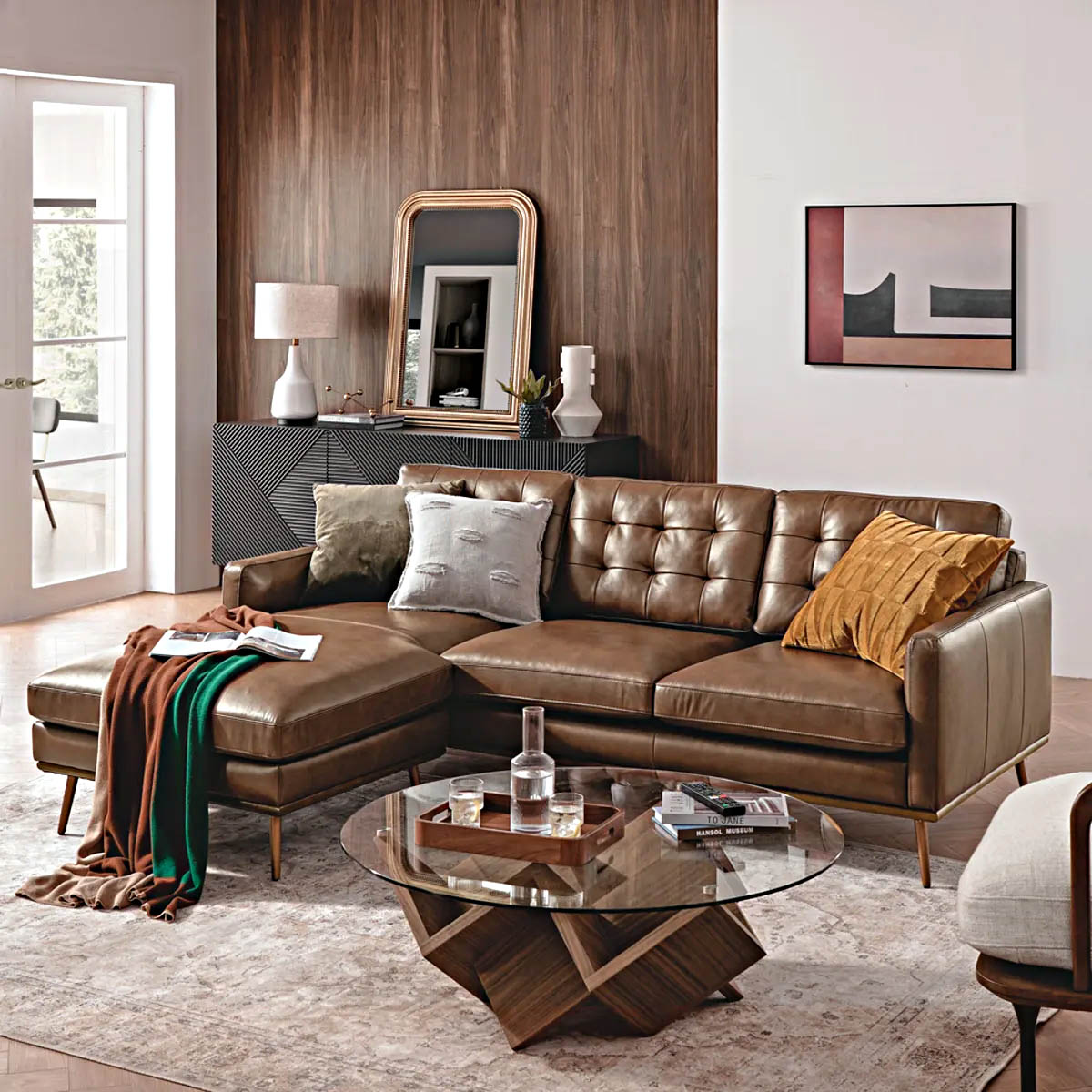

0 thoughts on “What Color Is Replacing Dark Green? Designers Prefer This Palette”